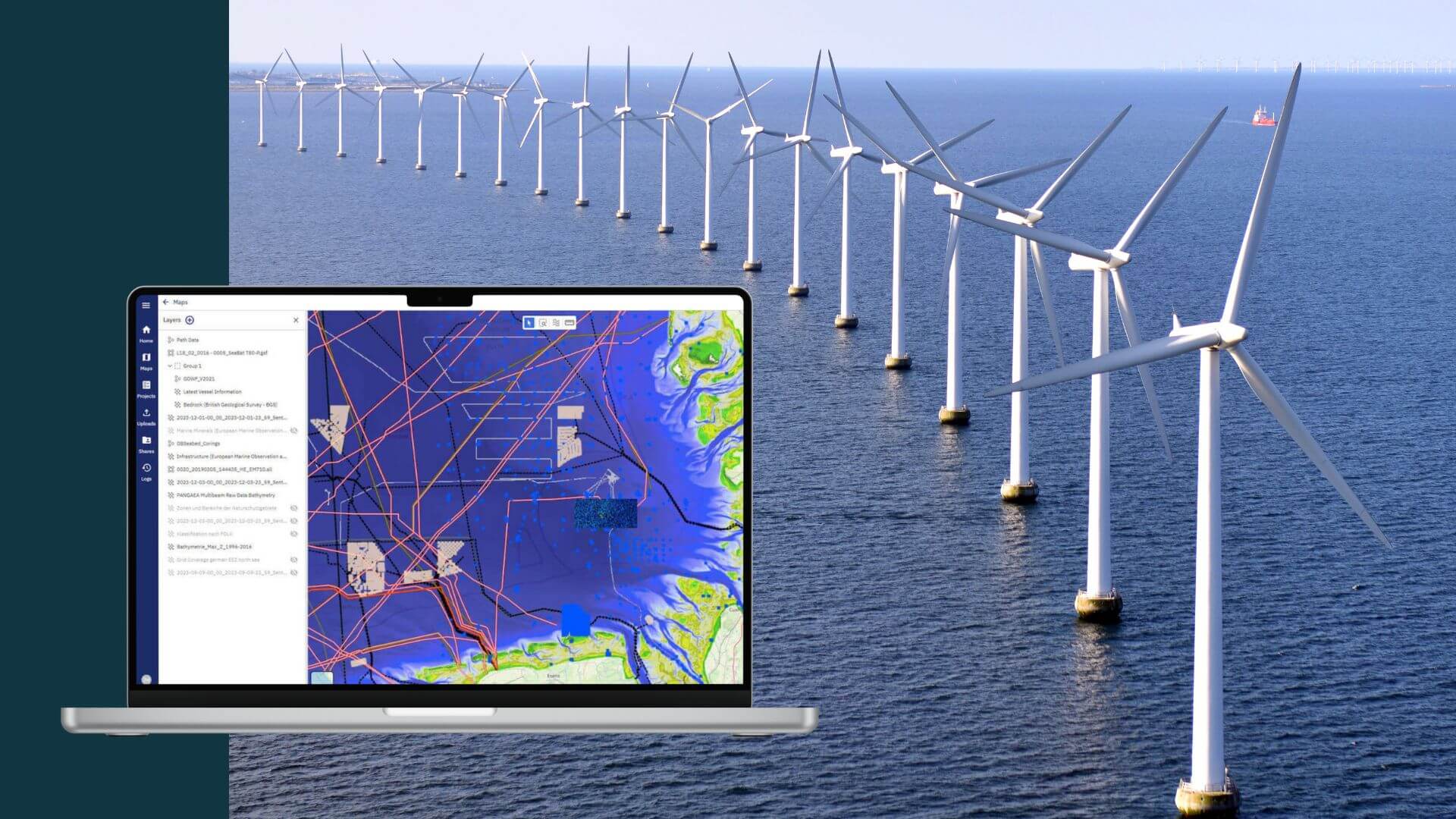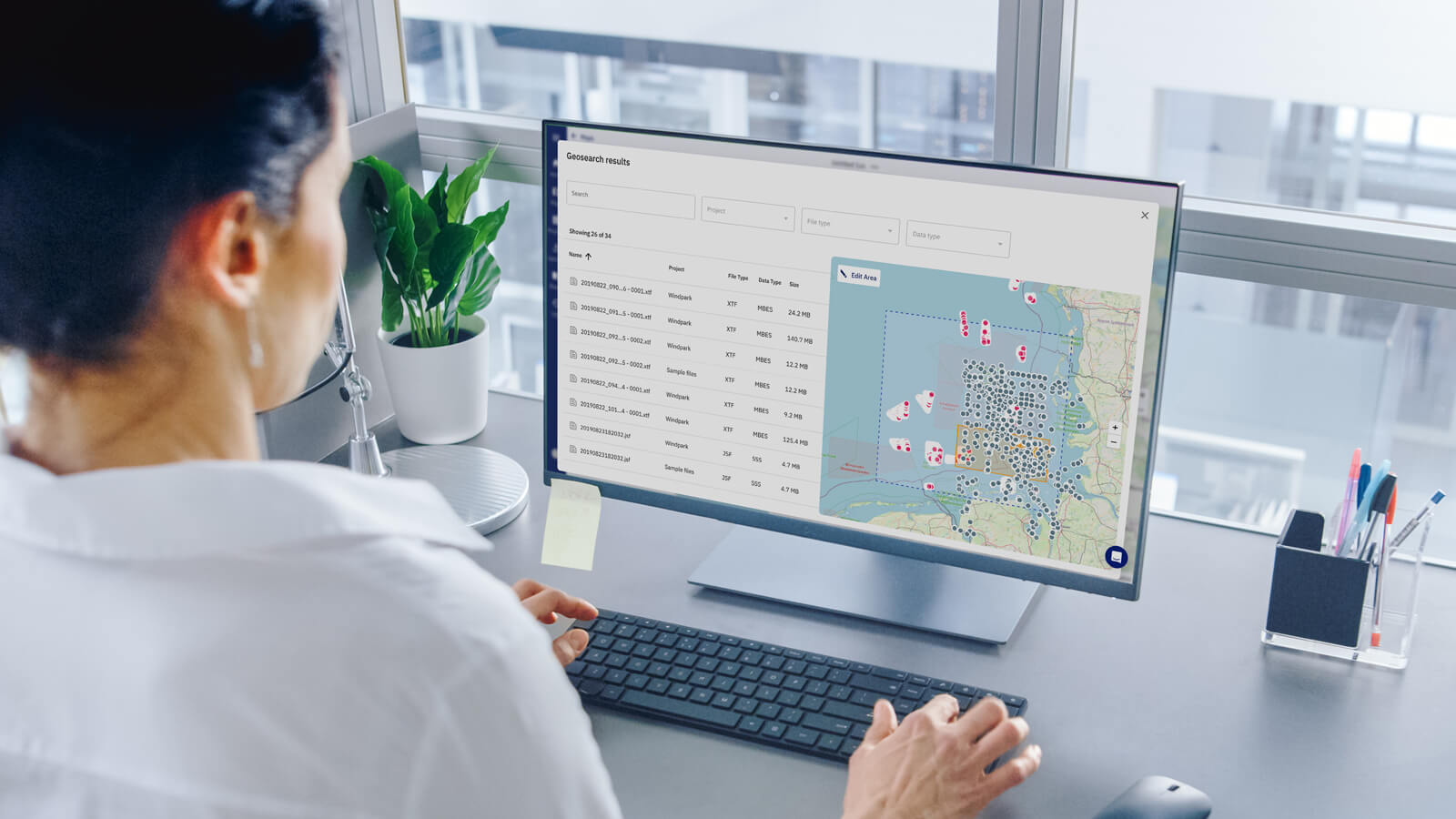One Ocean Data Platform for the Whole Lifecycle of a Wind Farm
Introduction Wind farm projects, often stretching over 60, 100, and more square kilometers in ocean areas, are designed for 30 years of operations....
In the modern digital world, businesses are constantly on the lookout for ways to streamline operations, improve efficiency, and reduce costs. One scalable solution that's been gaining traction over the years is Software-as-a-Service or SaaS. But what makes it so attractive, especially in the realm of enterprise software and financial accounting? Let's delve into its many benefits.
The principle behind SaaS is elegantly simple: instead of investing in expensive software installations, companies can access software services directly through an internet browser. Think of it as a "plug 'n play" solution; all you need is a decent internet connection. The ease of use and the financial benefits this model offers are truly unmatched.
From a user's perspective, the SaaS model is a boon. There are no huge acquisition costs to worry about, nor are they shackled to the long lifespan of an acquired software license. The flexibility to test new products, adapt to evolving needs, and operate without incurring additional costs for software and infrastructure maintenance makes SaaS a compelling choice.
The world of SaaS offers a plethora of advantages, especially in the domain of enterprise software. With the emphasis on OPEX over CAPEX, coupled with the sheer ease of use and cost-efficient software solutions, it's no wonder businesses are flocking to adopt this model. If you're looking to drive efficiency while reining in costs, SaaS is the way forward.
💡 North.io's cloud-based SaaS solution with TrueOcean and TrueEarth is a prime example of how businesses can leverage the power of SaaS to organize geospatial data more efficiently and cost-effectively.

Introduction Wind farm projects, often stretching over 60, 100, and more square kilometers in ocean areas, are designed for 30 years of operations....

Offshore survey operations are critical for industries like offshore wind, marine construction, and oil and gas. They require precise planning,...

The marine industry is facing an unprecedented decade: digital technologies promise progress in the development of offshore wind power and the...

In today's fast-paced ocean industry, the ability to efficiently manage and locate hydrographic survey and underwater inspection data is crucial. The...
